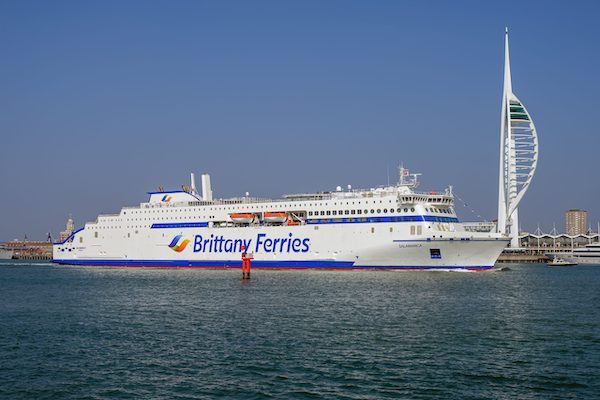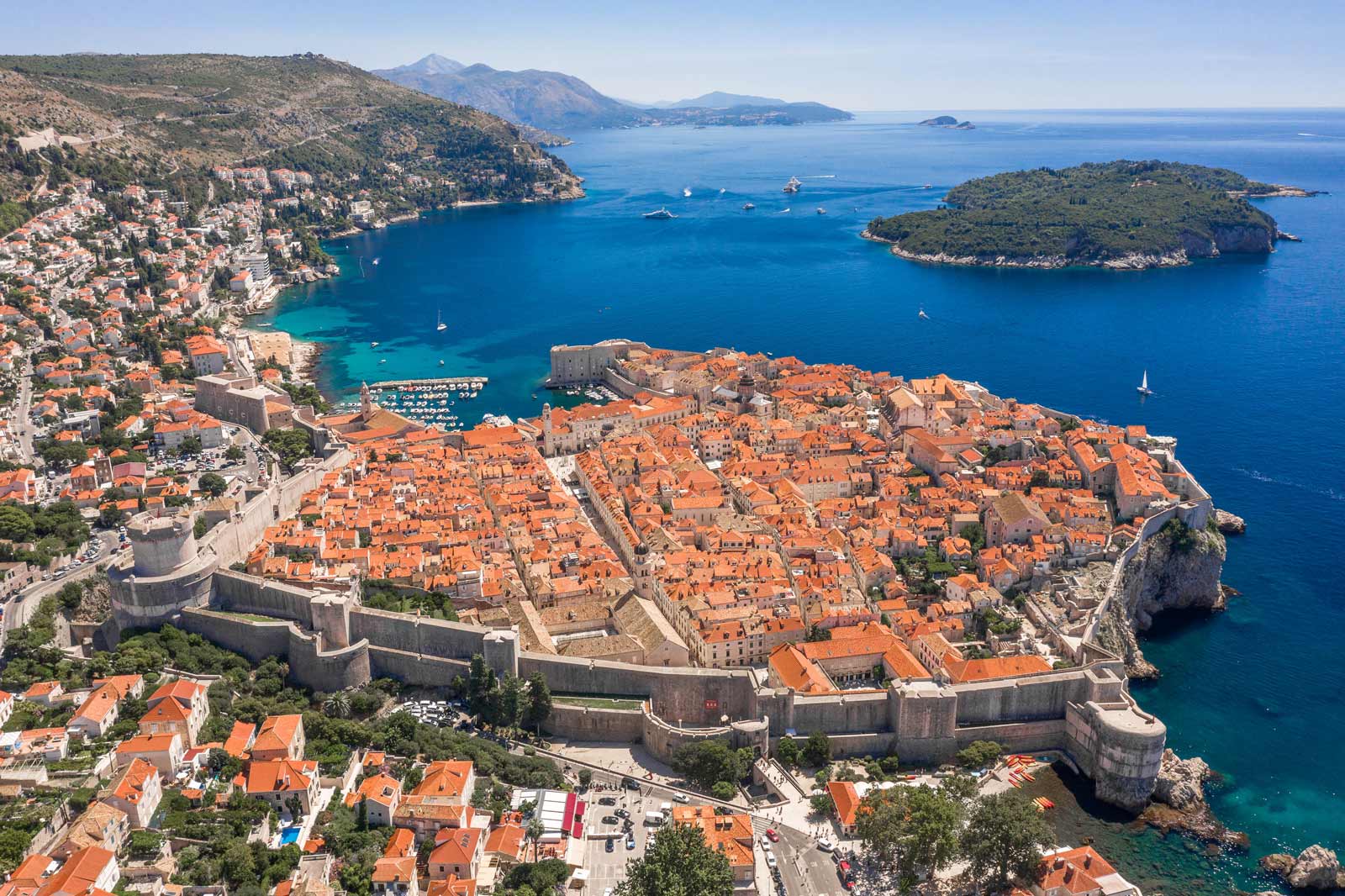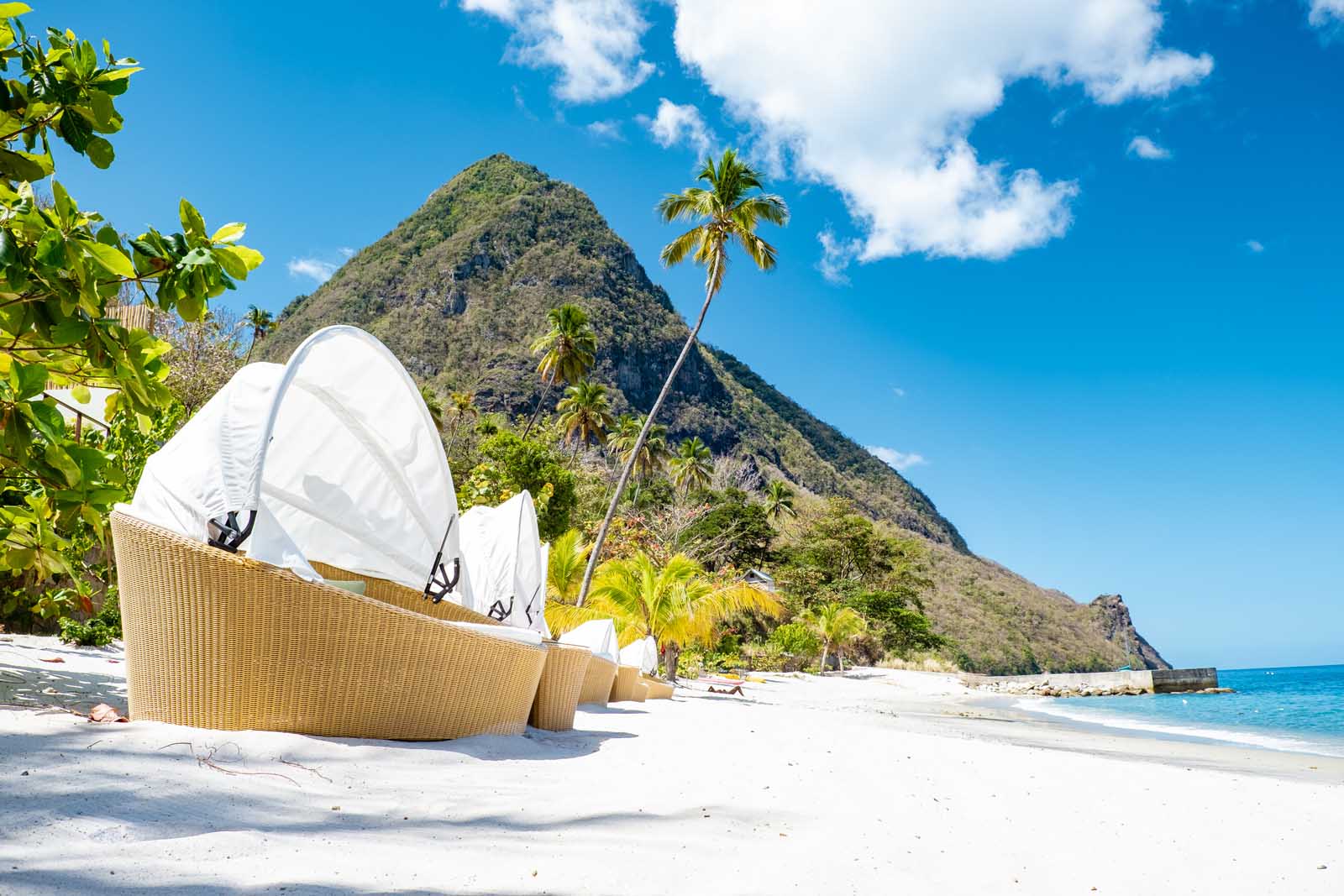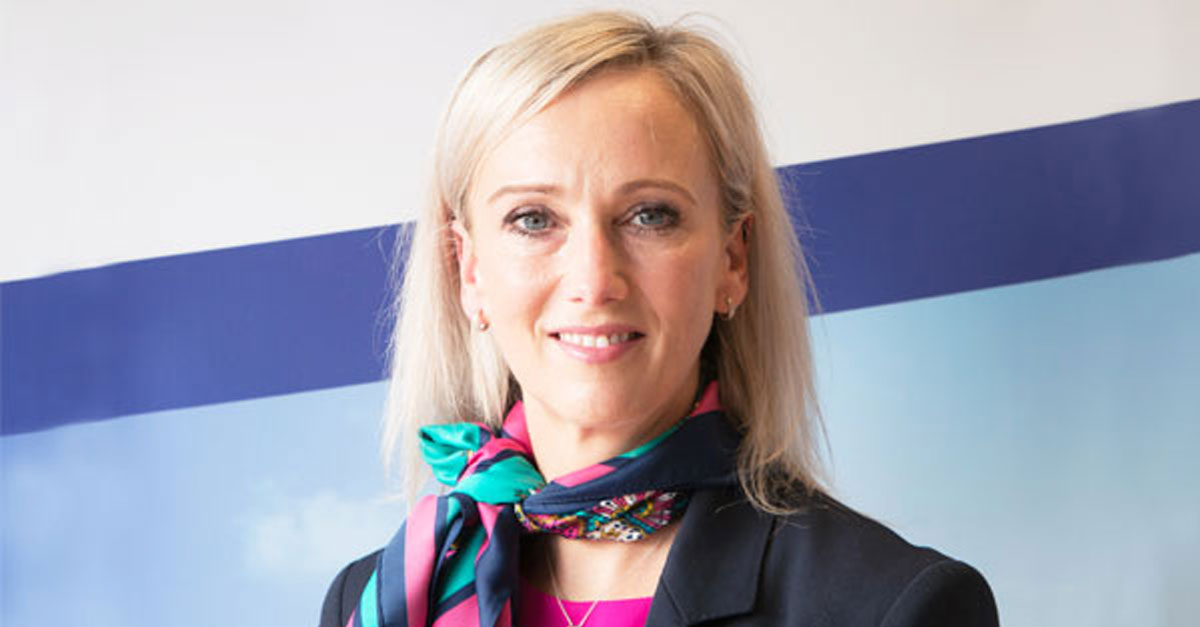Brittany Ferries to operate ‘world’s largest’ hybrid ship
Vessel to operate between Portsmouth and St Malo

Brittany Ferries claims it will be operating the world’s largest hybrid ship from 2024.
The newly-named ferry Saint-Malo, powered by liquified natural gas (LNG), is due to enter service between Portsmouth and St Malo.
The vessel’s batteries, with a capacity of 11.5 MWh, will be about double that typically used for hybrid propulsion in marine vessels, the company said.
Multiple systems will improve efficiency further, allowing real-time energy optimisation while sailing.
This, combined with hybrid power and shoreside plug-in, has the potential to cut up to 15% of greenhouse gas emissions compared with diesel propulsion, according to engine and battery supplier Wartsila.
A second, as yet unnamed hybrid ferry, will follow on the Portsmouth-Caen route.
They will replace Bretagne and Normandie respectively, two of the the company’s longest serving vessels.
The ships are the latest in a series of ‘E-Flexer’ vessels to be specified by and chartered to Brittany Ferries from Stena Line division Stena RoRo.
The French firm’s chief executive Christophe Mathieu said: “Brittany Ferries is proud to be taking a lead in sustainable shipping, working with our partners to bring cleaner vessels to the regions in which we operate.
“Hybrid technology continues to move our fleet renewal programme forward and will follow the introduction of two LNG-powered ships.
“From day one of operation, ports like St Malo in France and Portsmouth in the UK will benefit.
“Shore-side power capability means further benefits will be realised, as investment by ports in plug-in infrastructure allows.”
Wartsila chief executive Hakan Agnevall added: “The extensive battery size will allow the vessels to operate with full power, using both propellors and all thrusters to manoeuvre emissions-free in and out of ports, even in bad weather.
“The built-in shore power solution will charge the batteries while berthed.”
Stena RoRo managing director Per Westling said: “Stena wants to be a frontrunner in decarbonising our fleet and, together with our partners, pushing developments towards zero emission operations.
“Hybridisation allows our vessels to be highly flexible as we adapt to future technology developments, including green fuels, fuel cells, bigger batteries, and solar or wind supported propulsion.”
Image: Brittany Ferries’ Salamanca, the first of four LNG powered vessels, two of which including Saint-Malo, will be hybrids.

 Aliver
Aliver 
























.jpg&h=630&w=1200&q=100&v=6e07dc5773&c=1)


.jpg&h=630&w=1200&q=100&v=6e07dc5773&c=1)



